When we hear the term “cannibal,” it usually conjures up images of horror movies or dark folklore. But did you know that cannibalism is also prevalent in the animal kingdom? That’s right! A wide range of creatures exhibit cannibalistic tendencies, devouring their own species as a means of survival, competition, or reproduction. So, buckle up and get ready for a wild ride as we delve into the mysterious world of 10 animals that practice cannibalism, revealing a side of nature that might just leave you astonished.
10 – Cats – Feline Family Feuds

Cats, especially domesticated ones, might seem like unlikely cannibals. However, in the wild, their cannibalistic behavior is more common than you’d expect. Typically, when a female cat gives birth to a litter with an unhealthy or weak kitten, she may consume the vulnerable offspring to conserve energy and protect the healthier ones. Similarly, male cats may kill and eat the kittens of a rival male to establish dominance and increase their mating opportunities with the female.
09 – Lobsters – Seafood Siblings
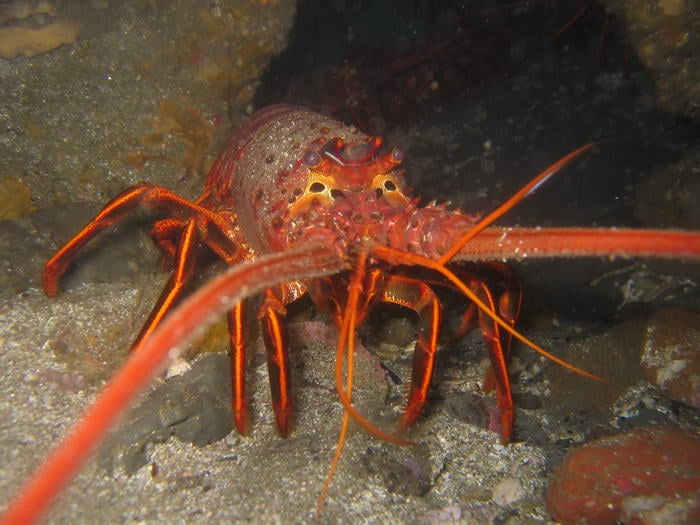
It may come as a surprise that lobsters, the luxurious seafood delicacy, have cannibalistic tendencies. In captivity, these crustaceans are known to attack and eat their own kind, especially when resources are scarce. In the wild, juvenile lobsters are at the highest risk of being cannibalized, as adult lobsters view them as an easy meal.
08 – Octopuses – Eight-Armed Assassins

The deep sea is full of strange and mysterious creatures, but few are as intriguing as the octopus. Despite their impressive intelligence, octopuses are not above cannibalism. In fact, larger octopuses are known to prey upon smaller ones in the wild, and they aren’t very picky when it comes to dining on their own species. This behavior is likely driven by competition for resources and their solitary, opportunistic nature.
07 – Bullfrogs – Amphibious Appetites

The bullfrog might look like an unassuming pond dweller, but it has a dark secret: it’s a ruthless cannibal. These voracious amphibians will eat anything they can fit in their mouths, including insects, fish, and even their own kind. Young bullfrogs are particularly vulnerable to being cannibalized by their larger counterparts, but adult bullfrogs will also devour each other when given the chance.
06 – Sand Tiger Sharks – Sibling Rivalry at Its Finest

In the world of sand tiger sharks, cannibalism begins before birth. These sharks practice a phenomenon called “intrauterine cannibalism,” where the strongest embryo in the womb consumes its weaker siblings for nourishment. This brutal process ensures that only the fittest offspring survive and emerge as well-developed pups, ready to take on the challenges of life in the open ocean.
05 – Polar Bears – Arctic Predators
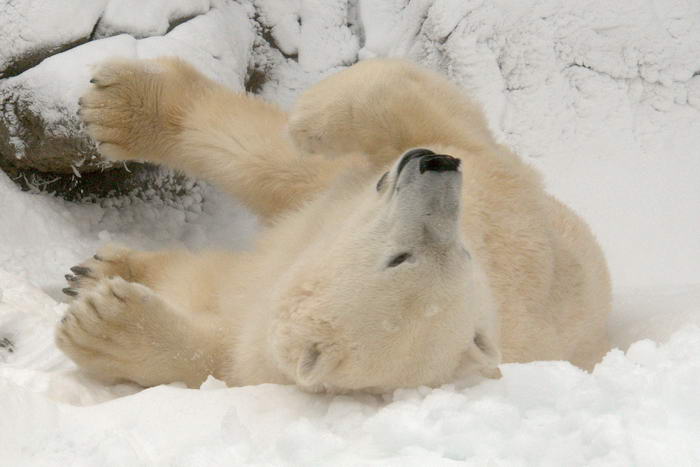
As the largest land carnivores on Earth, polar bears are formidable predators. Due to their harsh Arctic environment, these bears often resort to cannibalism in times of food scarcity. Male polar bears have been known to kill and eat cubs, while some cases of adult bears attacking and consuming each other have also been documented. This cannibalistic behavior is driven by the need to survive in an unforgiving landscape with limited resources.
04 – King Cobras – Royal Reptiles
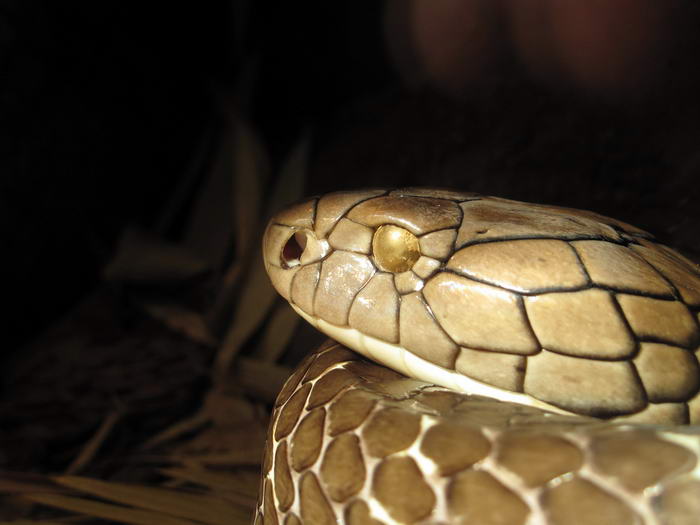
King cobras, the world’s longest venomous snakes, are notorious for their powerful bite and intimidating hood. But they’re also known to engage in cannibalism, especially when food is scarce. These serpents primarily feed on other snakes, and they don’t discriminate between their own species and others. King cobras have been observed attacking and consuming smaller members of their own kind in the wild, showcasing their opportunistic and predatory nature.
03 – Orangutans – Primate Predators
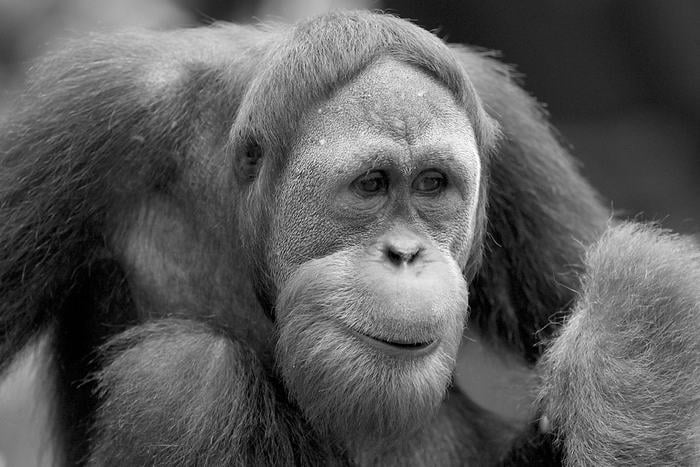
Orangutans, our close relatives in the animal kingdom, are generally perceived as peaceful, fruit-eating primates. However, there have been rare cases of orangutans exhibiting cannibalistic behavior. In some instances, dominant males have been observed killing and consuming infants, possibly to eliminate competition or force the mother into estrus sooner. Though infrequent, these occurrences demonstrate that even our closest relatives aren’t immune to the darker side of nature.
02 – Fishes – Underwater Cannibals
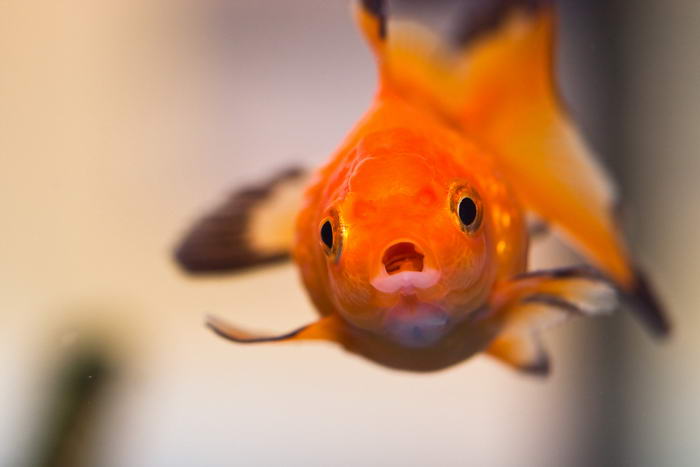
Many fish species engage in cannibalism, either as a result of competition for resources or simply because they’re opportunistic feeders. For instance, the notorious red-bellied piranha is known for its fierce feeding frenzies, which can sometimes involve cannibalistic behavior. Other fish, like the largemouth bass, are also known to consume their smaller counterparts when food is limited, highlighting the wide prevalence of cannibalism in aquatic environments.
01 – Praying Mantis – Deadly Embrace

Last but not least, the praying mantis is perhaps the most famous example of cannibalism in the insect world. Female mantises are infamous for consuming their male partners during or after mating. This behavior, known as sexual cannibalism, is thought to provide the female with vital nutrients needed for egg production, ensuring the survival of her offspring.
The animal kingdom is full of surprises, and the existence of cannibalistic animals is just one example of nature’s darker side. From the deep sea to the Arctic tundra, these ten creatures remind us that the struggle for survival can sometimes lead to bizarre and unexpected behaviors. Whether driven by competition, hunger, or reproduction, cannibalism is a fascinating yet unsettling aspect of the natural world, and it’s a stark reminder that life on Earth is an intricate web of interconnected relationships.
FAQs:
Q: Why do some animals engage in cannibalism?
A: Cannibalism in animals can occur for various reasons, including limited food sources, competition for resources, population control, and reproductive strategies.
Q: Is cannibalism common in the animal kingdom?
A: While cannibalism is not universally common, it does occur in many species across different habitats and environments, showcasing the diversity and complexity of the natural world.
Q: Are there any benefits to cannibalism for animals?
A: In some cases, cannibalism can provide an animal with essential nutrients. It can help reduce competition for resources, or contribute to the survival of their offspring.
Q: How do cannibalistic animals avoid being cannibalized themselves?
A: Animals that engage in cannibalism may employ various strategies to avoid being cannibalized, such as staying in groups, hiding, or maintaining a larger size compared to potential predators.
Q: Can cannibalism in animals be stopped or prevented?
A: In some cases, managing populations and ensuring an adequate food supply can help reduce the occurrence of cannibalism. However, it’s important to remember that cannibalism is a natural behavior in many species. It is not always indicative of an unhealthy ecosystem.


